Affiliate Disclaimer
Some links in this article are affiliate links. We may earn a small commission if you make a purchase through these links, at no extra cost to you. We only recommend products we find useful to our readersSometimes, it seems as though there’s a new skincare routine trending every other day.
However, two trends in particular have gained popularity lately: slugging and skin cycling. Both methods promise healthy, glowing skin, but how they work is completely different.
Are you wondering ‘Which one will work for my skin type and concerns?” Let’s break it down.
In this article, we will review slugging and skin cycling. What are the benefits? How do I decide which one will fit in my routine? Dive in to learn more.
Also, Read: How Intermittent Fasting Can Improve Your Skin and Slow Aging
What Is Slugging?
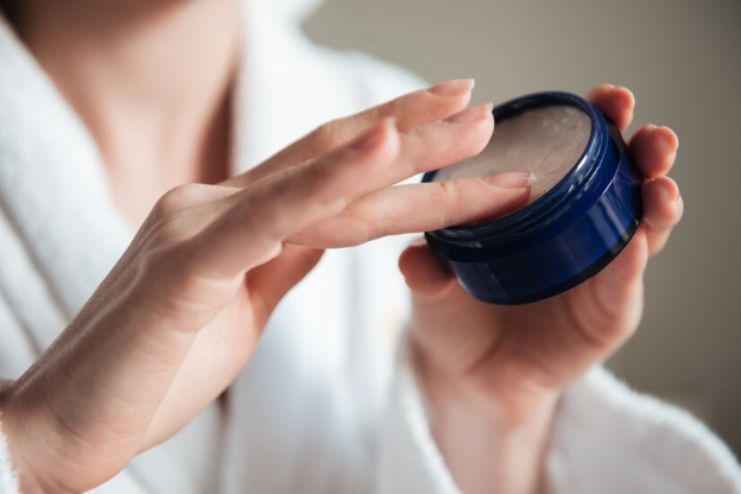
Slugging is a skincare technique in which an occlusive agent, such as petroleum jelly, is applied to the skin to cover all regular nighttime skincare products. The technique got its name because of its shiny, slug-like appearance.
How Does Slugging Work?
Occlusive agents, such as petroleum jelly, act by physically forming a barrier on the outermost layer of the skin that does not allow transepidermal water loss. This locks in moisture and benefits from the previous steps of your skincare routine. This helps protect and repair the skin, resulting in plumper, more hydrated skin.
Benefits of Slugging
- Better Hydration: The moisture trapped under the physical barrier will ease dryness and flakiness, making the skin feel smoother and suppler.
- Skin Barrier Fix:The occlusive layer rejuvenates the natural skin barrier, which benefits people with impaired or sensitized skin.
- Cost Effective: It’s also budget-friendly because of affordable products like petroleum jelly.
Considerations Before Trying Slugging
While slugging has many advantages, it is not for everyone. People with oily or acne-prone skin should be careful because the occlusive layer can trap oils and make breakouts worse. It is best to consult a dermatologist to see if slugging is suitable for your skin type.
How to Incorporate Slugging into Your Skincare Routine
- Cleanse: Begin with a gentle cleanser to remove impurities.
- Moisturize and Treat: Use your usual hydrating products, serums, and moisturizers.
- Apply Occlusive: Finally, apply a thin layer of petroleum jelly or a similar occlusive agent to seal all the previous products on your face.
Vaseline Petroleum Jelly Original offers deep hydration and skin protection with a 100% pure, triple-purified formula. Recommended by dermatologists and hypoallergenic, it heals dry skin, minor cuts, and eczema while locking in moisture. Fragrance-free and non-comedogenic, this is a versatile skincare essential.
Following these steps, you can successfully add slugging to your skincare routine to help hydrate and support your skin health.
Also, Read: DIY vs. Store-Bought Skincare: A Practical Guide to Choosing Wisely
What Is Skin Cycling?
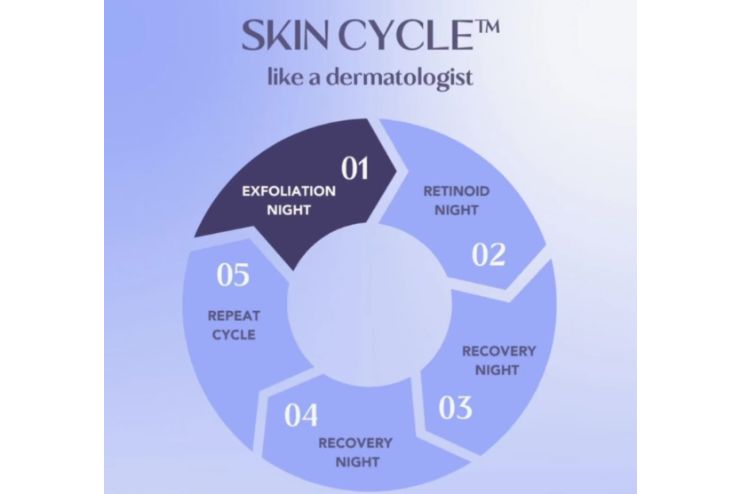
Skin cycling is a structured skincare routine in which active ingredients are alternated with rest periods to ensure optimal skin health without irritation. Typically, it involves a four-night cycle.
Night 1: Exfoliation
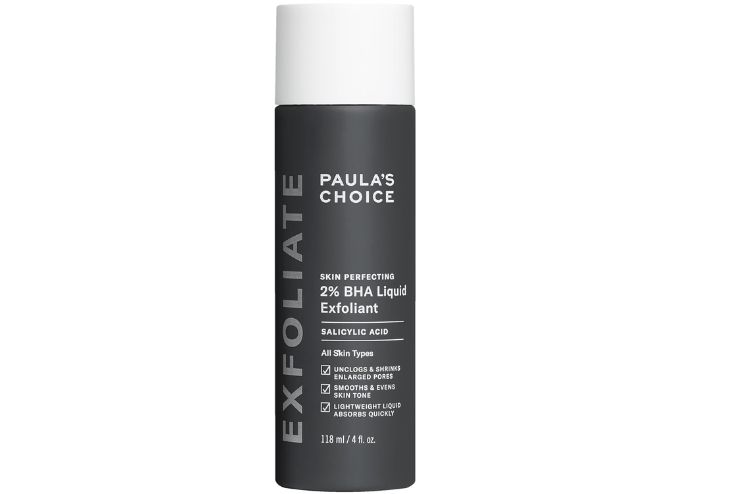
After cleansing, a chemical exfoliant with alpha-hydroxy or beta-hydroxy acids is applied to eliminate dead skin cells and prepare the skin for other treatments.
We like Paula’s Choice SKIN PERFECTING 2% BHA Liquid Exfoliant – a must-have when dealing with blackheads, oversized pores, and skin that gets clogged on a daily basis. It creates a smooth feeling with a potent, leave-on liquid exfoliant that works best for unclogging pores.
It reduces oil, helping soothe all skin types, which is especially beneficial with green tea extract.
A great affordable option, Good Molecules Overnight Exfoliating Treatment is a potent yet gentle exfoliant that improves skin texture, minimizes pores, and enhances a radiant glow. It uses 10% AHA and BHA, including glycolic, lactic, and salicylic acid, to fight breakouts, dullness, and congestion.
This fragrance-free, vegan formula works overnight to resurface and renew your skin. Use it up to three times a week for a smoother, more even complexion!
Night 2: Retinoid Application
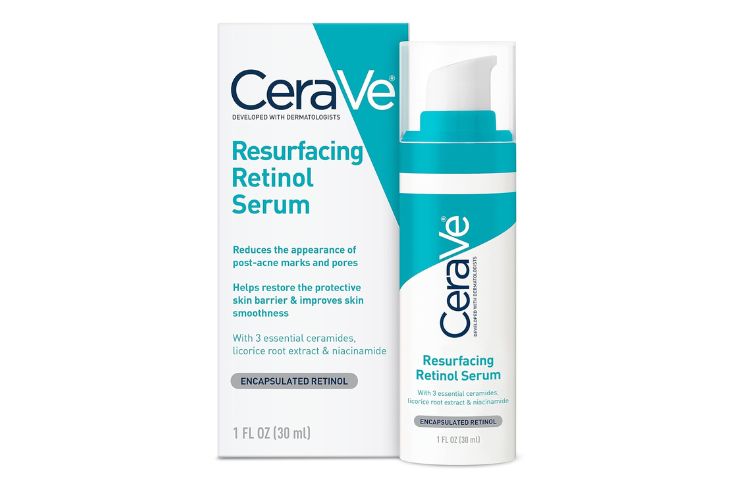
On the second night of your routine, apply a pea-sized amount of a retinoid product over the face, ensuring it is spread evenly. Retinoid promotes cell turnover, which can help reduce the appearance of fine lines and acne.
We love CeraVe Resurfacing Retinol Serum, a skin resurfacer developed by dermatologists. It’s designed to reduce post-acne marks, which create a pore-like appearance on the skin.
The formula encapsulates retinol for skin resurfacing, licorice root extract to brighten the complexion, and niacinamide to calm the skin. Users have reported smoother and more even-toned skin with regular use.
Nights 3 and 4: Recovery
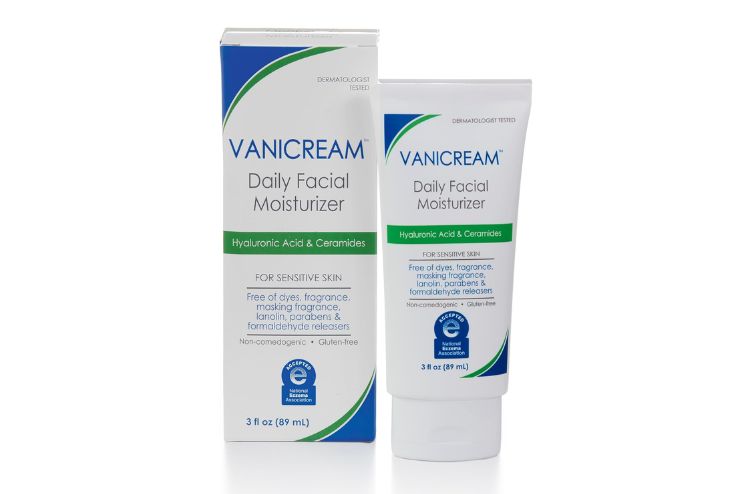
On these nights, focus on hydration and repairing the skin barrier. After cleansing, apply a nourishing moisturizer rich in ingredients like hyaluronic acid and ceramides to support skin recovery.
This cyclical method allows the skin to be infused with powerful actives while giving it time to rest and heal, minimizing over-exfoliation and irritation. The cycle will need to be adjusted based on individual tolerance. If you are unsure of what products to incorporate, a visit to a dermatologist would not be a bad idea.
The light, unscented Vanicream Daily Facial Moisturizer is specially developed for sensitive skin. Its ceramide, hyaluronic acid, squalane, and glycerin formula help moisturize and restore the skin barrier.
Dermatologists recommend this dye, paraben, and formaldehyde-free, non-comedogenic product. It is good to apply during the day and night. This gentle formula will keep your skin moisturized without clogging pores.
Slugging vs. Skin Cycling: Key Differences
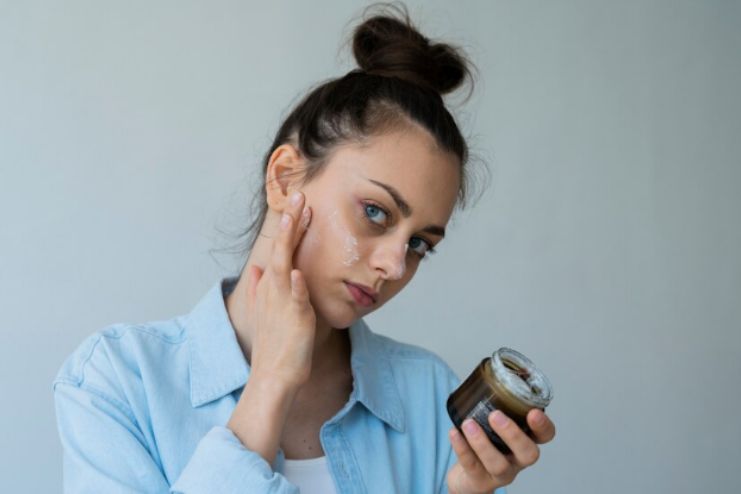
While slugging and skin cycling are hot trends in their skincare benefits, they couldn’t be any further apart.
1. Purpose
- Slugging deeply hydrates and aims to fix a faulty skin barrier by improving moisture retention.
- Skin cycling, on the other hand, is carefully planned to facilitate exfoliation, retinol application, and recovery, boosting the quality and health of the skin.
2. How They Work
- Slugging is a nighttime skincare ritual in which an occlusive product, like petroleum jelly, is applied at the end to lock everything in place.
- Skin cycling is a four-day cycle of exfoliation, retinol application, and recovery that does not irritate the skin while maximizing its response to the active ingredients.
3. Best For
- Slugging is excellent for dry, sensitive, or compromised skin, as it can help strengthen the skin barrier.
- Skin cycling is slightly more beneficial to combination, acne-prone, or aging skin as it exfoliates, stimulates collagen, and reduces breakouts.
4. Main Benefits
- Slugging hydrates skin deeply, keeps moisture locked in, and helps create a protective skin barrier.
- Skin cycling makes your skin softer, reduces irritation caused by active ingredients in skincare, and generally leads to better overall skin health.
5. Potential Risks
- Slugging is not recommended for oily or acne-prone skin because it might trap excess oil, clogging pores.
- Skin cycling may lead to over-exfoliation or irritation if the routine is not adjusted to the skin’s sensitivity.
6. Frequency of Use
- Slugging can be done as needed. It is usually done at night, especially when the skin is dry or irritated.
- Skin cycling is structured in a 4-day cycle and does this cyclically without fail and keeps the skin balanced.
7. Key Ingredients
- Petroleum jelly and occlusive moisturizers such as ceramides and squalane are used in slugging.
- AHAs exfoliants, BHAs for exfoliation, retinoids for renewal, and hydration serums are used for recovery in skin cycling.
Which Skincare Trend Is Right for You?
Your choice of either slugging or skin cycling should be based on your skin type and goal. Here’s a guide to help you decide:
Consider Your Skin Type:
- Dry or Sensitive Skin:If your skin is tight, flaky, or irritation-prone, slugging can provide deep hydration to restore the skin barrier. Petroleum jelly, applied over moisturizer at night, helps seal that moisture and fast-track the healing process.
- Combination or Oily Skin:Cycling is for people with combination or oily skin. Switching active ingredients like exfoliants and retinoids with rest days helps bring out the brightness and clarity of your skin without overwhelming it, especially when treating specific skin concerns.
Addressing Specific Skin Concerns:
- Acne-Prone Skin:Skin cycling may work well because exfoliation and retinoids are added to the routine. Retinoids can improve acne by helping maintain cell turnover and thus prevent pores from becoming clogged. Monitor your response to it and make appropriate adjustments.
- Aging or Dull Skin:For aging or dull skin, both slugging and skin cycling may help reduce fine lines and improve the luminance of the skin. Slugging locks in the moisture and strengthens the skin barrier. In skin cycling, the structured exfoliant and retinoid use stimulates the production of collagen and improves the tone of the skin.
Combining Both Methods:
You can utilize both slugging and skin cycling. During the recovery nights of your skin cycling routine, you can use slugging to enhance hydration and barrier repair. This way, you’ll reap all the benefits of both methods.
Expert Opinions: Do These Trends Actually Work?
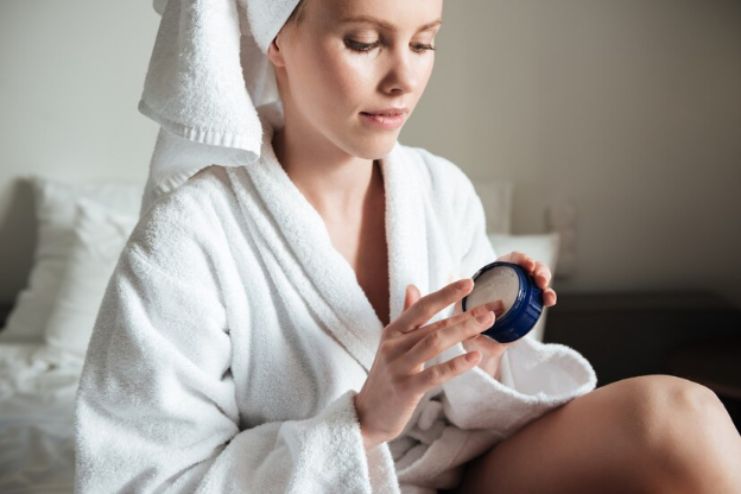
What experts say about these two trends gives insight into whether they are effective and suitable for your skin.
Slugging:
While dermatologists concede that slugging has its uses for specific skin types, Dr. Amy Kassouf of the Cleveland Clinic said, “Slugging is an excellent treatment for dry, parched skin, as it will lock hydration into the skin and help repair the skin barrier. (R)”
She cautions that people with acne-prone or oily skin must be careful, as petroleum jelly’s occlusive nature could worsen breakouts.
Skin Cycling:
Dermatologists gave a thumbs-up to skin cycling. It was popularized by Dr. Whitney Bowe, who mentioned that this systematic approach allows potent ingredients such as exfoliants and retinoids to act on the skin without irritating it (R). The recovery nights help to heal the skin, not to over-exfoliate or get sensitive.
Expert Recommendations:
- Personalization:Both trends emphasize tailoring skincare routines to individual needs. Dr. Bowe points out that the skin cycling concept can be tailored to the skin type and the goal, fine-tuning results.
- Caution for Certain Skin Types:Others must be cautious because specialists agree these methods are not something everyone can necessarily use. For people with sensitive skin or who easily get breakouts, slugging must be used cautiously and might benefit from a skin cycling routine with recovery periods.
Also, Read: How to Build a ‘Skinimalist’ Routine Without Sacrificing Results
Final Thoughts: Should You Try Slugging or Skin Cycling?
Slugging and skin cycling provide special skincare benefits, but the best option for you depends on your skin type, issues, and objectives.
Try slugging if you face dry, sensitive, or compromised skin, and extra moisture is necessary to repair the skin barrier. It’s best in harsh climatic conditions when your skin appears dehydrated. However, if you have oily or acne-prone skin, use it sparsely, as it tends to clog pores.
But, if you still want to use exfoliants and retinoids in an alternating manner to not burden the skin too much, opt for skin cycling. That is excellent for improving the skin texture, as well as removing pimples and enhancing the rate of collagen production.
Combine both methods to improve hydration and allow the active ingredients to work effectively in the skin.
Ultimately, the best skincare routine is one that works for your individual skin needs. Pay attention to how your skin reacts, make changes accordingly, and don’t hesitate to consult a dermatologist for personalized advice.
Whatever your approach, consistency, coupled with listening to your skin, is the key to achieving a healthy glow.
References
- https://www.cerave.com/skin-smarts/skincare-tips-advice/what-is-slugging
- https://health.clevelandclinic.org/slugging
- https://health.osu.edu/health/skin-and-body/skin-cycling
- https://drwhitneybowebeauty.com/blogs/derm-scribbles/should-you-be-slugging-dr-bowe-s-take
- https://premier-dermatology.com/uncategorized/slugging-skin-cycling-and-sandwiching/
- https://www.rd.com/article/skin-cycling/
- https://www.net-a-porter.com/en-us/porter/article-ade8a8a3732847a6/beauty/skin/tiktok-trends-skin-flooding-slugging-cycling
- https://drwhitneybowebeauty.com/blogs/derm-scribbles/should-you-be-slugging-dr-bowe-s-take
- https://www.allure.com/story/what-is-skin-cycling-tiktok-trend
- https://health.clevelandclinic.org/slugging
- https://www.vogue.com/article/skin-cycling-tiktok-trend
- https://www.popsugar.com/beauty/skin-cycling-48858304
In this Article


















